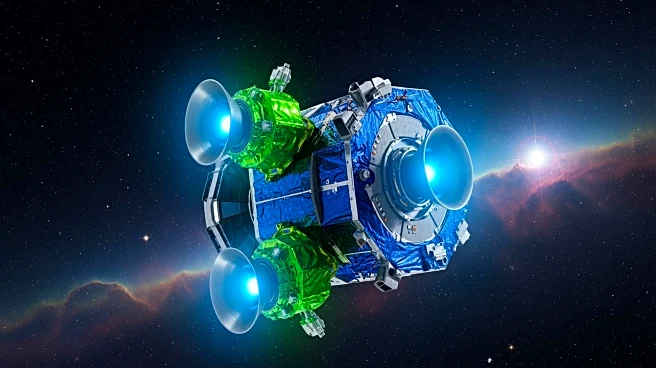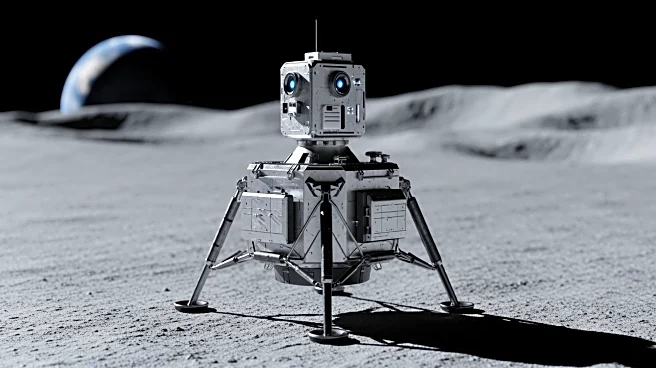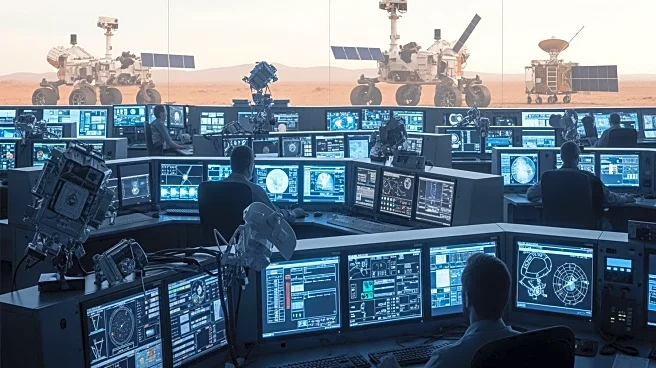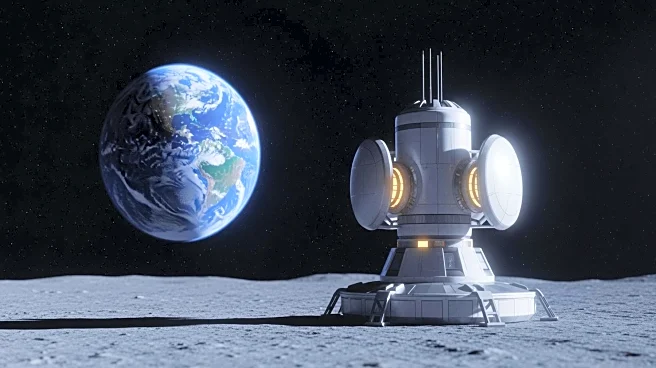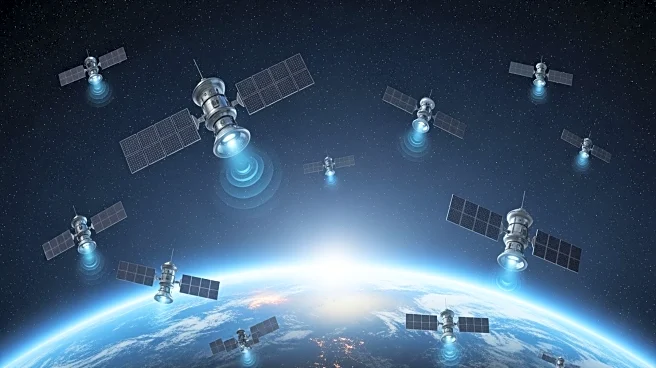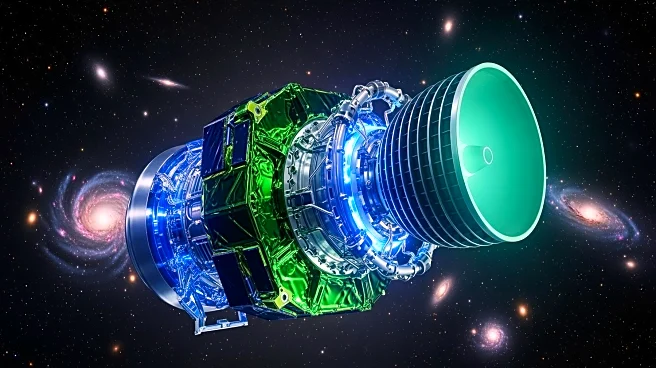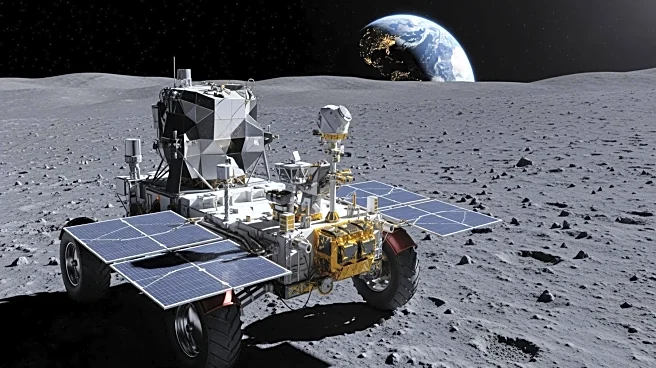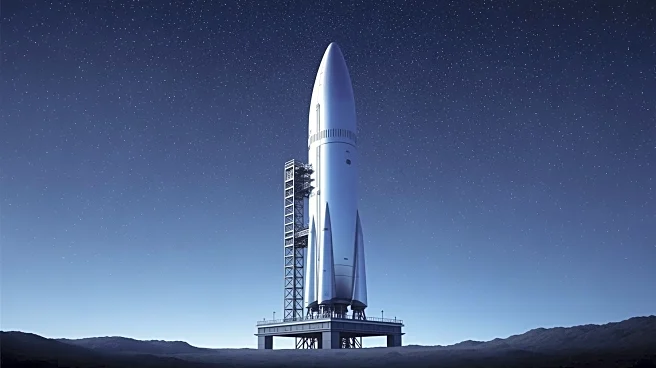What's Happening?
The U.S. space economy is experiencing growth driven by advancements in satellite propulsion technologies. Electric propulsion systems are offering strategic advantages such as agile satellite maneuvering, precise orbit corrections, and fuel efficiency,
which translate into longer mission value. The U.S. space economy grew by 0.6% in 2023, with propulsion innovations playing a key role in reducing costs per launch and extending mission durations. The industry is seeing a shift towards sustainable and efficient propulsion systems, supported by government funding and private enterprise investments.
Why It's Important?
Propulsion technology is crucial for maintaining the U.S.'s competitive edge in the global space economy. Efficient propulsion systems enable rapid repositioning of satellites and responsive launches, essential for modern military and strategic objectives. The focus on electric propulsion, including NASA's iodine-based systems, offers a sustainable alternative to traditional methods, reducing operational costs and extending mission timelines. This technological advancement supports national security and commercial interests, enhancing satellite capabilities for defense and intelligence applications.
Beyond the Headlines
The integration of additive manufacturing in propulsion design is transforming the economics of satellite deployment. In-orbit manufacturing allows for real-time modifications and reduces dependency on Earth-based logistics, potentially lowering costs and improving mission flexibility. This approach aligns with the movement towards space sustainability, minimizing waste and optimizing resource use. The convergence of manufacturing technology and space mobility into a scalable, in-orbit production ecosystem represents a significant shift in the industry.
